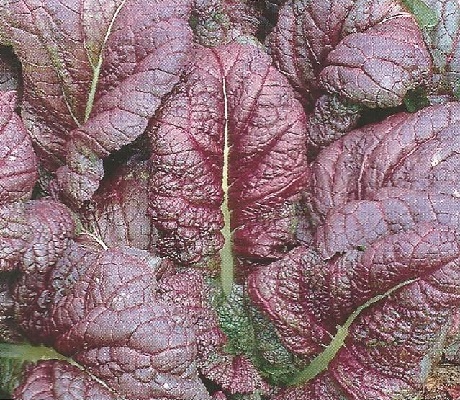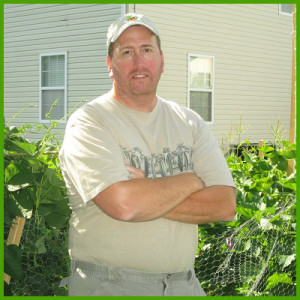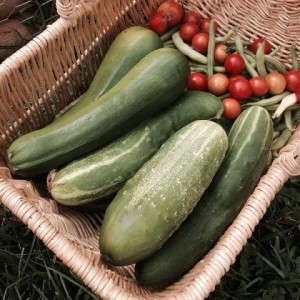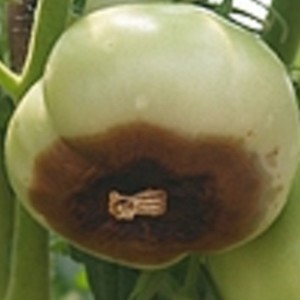
Mustard is a delicious leafy vegetable that is easy to grow. Mustard is also an excellent nutritional choice as it is a great source of vitamins and minerals your body needs. Mustard is cold tolerant, a prolific producer and when you grow one of the red varieties; it is aesthetically pleasing as well. That makes red mustard perfect for all you front yard gardeners.
The taste of mustard leaves, in my opinion, has a mild to slightly spicy flavor that is just as enjoyable raw as it is cooked or steamed. My personal favorite is to eat it raw mixed with other greens such as spinach, chard or lettuce. Here is a really good step by step red mustard recipe.
WHEN AND WHERE TO PLANT
You will want to select a sunny location and sow your seeds as soon as the ground can be worked when you are starting them in the spring. If red mustard is going to be part of your fall garden, you will want to plant your seeds 30 days out from your first frost. If you are closer to your frost than 30 days, be sure to start your mustard in a cold frame. Mustard is perfect for cold frame gardening.
For the best results for germination and plant growth, loosen your soil to help with aeration. This also makes it easier for your red mustard’s roots to grow and spread.
CARING FOR YOUR RED MUSTARD
Red mustard likes the soil to be moist at all times. A moderate watering every other day should suffice. You want to make sure you are not overwatering though. You do not want to saturate your soil. Be sure to keep the garden bed weed free and feed your mustard plants with a good organic fertilizer every couple of weeks.
HARVESTING
Red mustard (and other varieties of mustard) is a great vegetable to harvest. You can harvest mature leaves, leaving the rest of the plant alone to continue to produce. You can keep doing this so as long as the weather stays cool.
On a final note, as noted before, if your red mustard is going to be a part of your fall garden, be sure to use a cold frame once temperatures drop below freezing. This will help you extend your red mustard season through a good part of the winter.
Enjoy!
About the Author
 Mike Podlesny is the author of the book Vegetable Gardening for the Average Person as well as the creator of the Seeds of the Month Club where members receive non gmo, heirloom variety seeds every month. You can listen to Mike each week on the Vegetable Gardening Podcast where he interviews gardening industry experts.
Mike Podlesny is the author of the book Vegetable Gardening for the Average Person as well as the creator of the Seeds of the Month Club where members receive non gmo, heirloom variety seeds every month. You can listen to Mike each week on the Vegetable Gardening Podcast where he interviews gardening industry experts.
Please click here to vote for Prepared Christian as a top Prepper site!
If you liked this article please think about sharing it on the social media listed below, thanks!



 About the Author
About the Author





